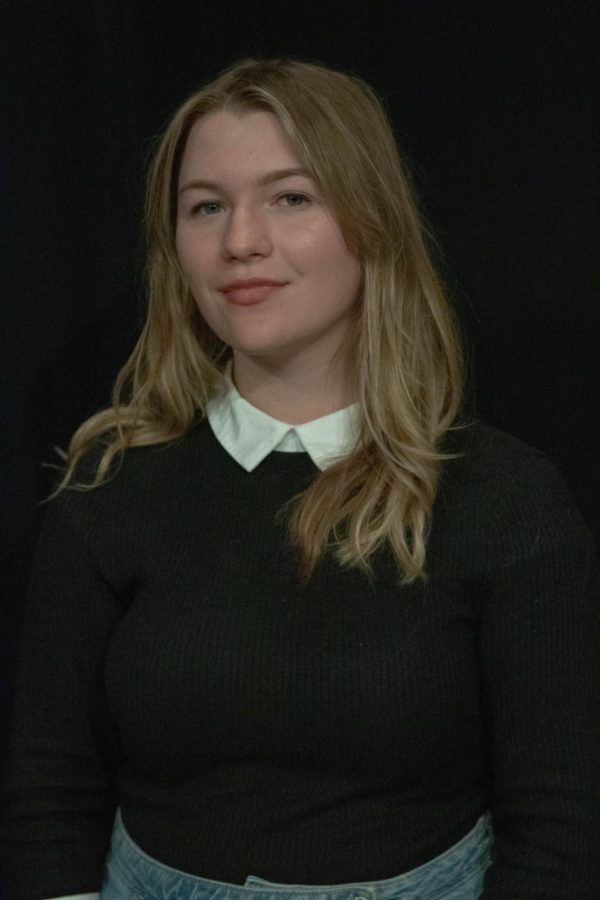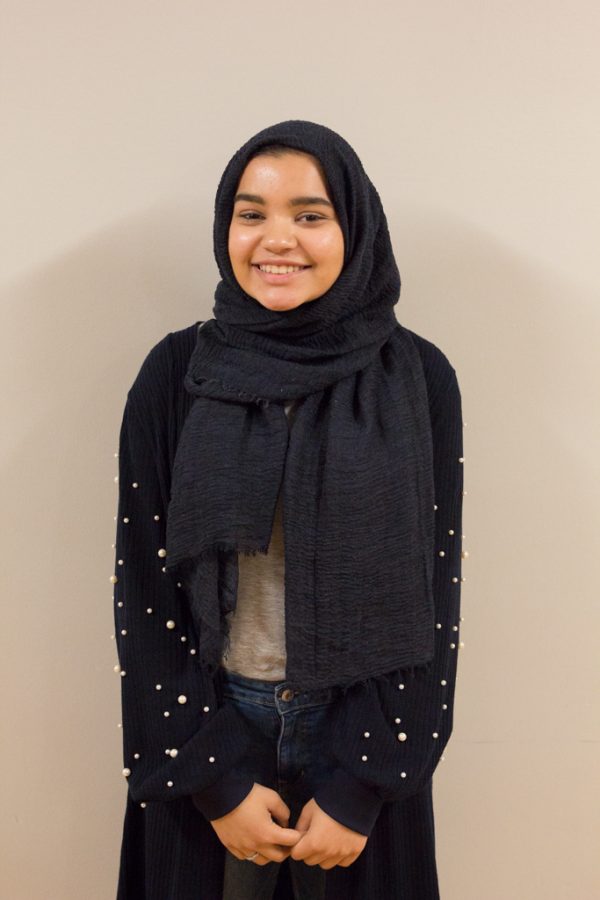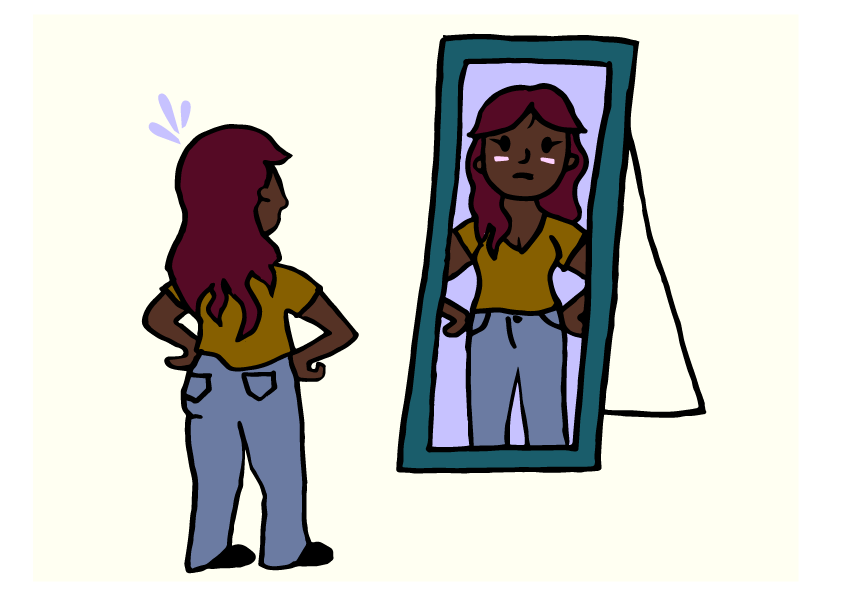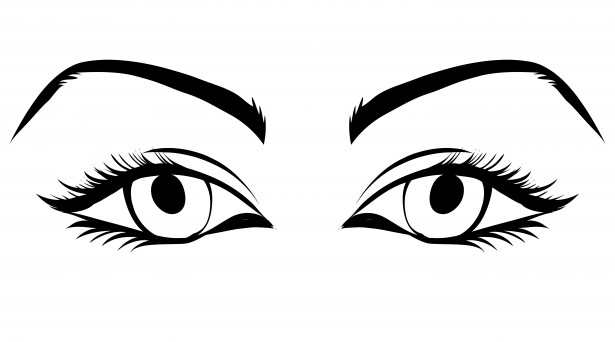As humans, we live in a world that is far from aesthetically perfect, and yet we go against nature in an effort to become perfect. People undergo surgeries such as breast augmentation, facelifts and liposuction to appear more youthful, appealing and beautiful. But these procedures fail to understand the impact that these beauty standards have on individuality.
The American Society of Plastic Surgeons defines cosmetic plastic surgery as “surgical and nonsurgical procedures that enhance and reshape structures of the body to improve appearance and confidence.” An aspect that it fails to mention is that it erases features of the human body that are just as beautiful and unique in their individuality should they not have undergone that procedure.
In 2020, 15.2 million cosmetic procedures were conducted in the United States. This number dropped from the previous year, due to the COVID-19 pandemic, but the number is still substantial. Nose reshaping, otherwise known as rhinoplasty, and breast augmentation ranked in the top five most performed procedures. Cue my first experience with plastic surgery.
I was eighteen years old the first and last time I went to a plastic surgeon. I have to confess my reason for this visit: I have a strong and pointy nose that I have always referred to as my “big Polish nose.” So my big Polish nose and I walk into the office, meet with the doctor regarding rhinoplasty and the doctor takes one look at me, before stating that there was nothing wrong with my nose.
Except that I had a bump. A bump that could use a little filler. A bump that I had not noticed before, creating insecurity that I was previously unaware of before that day.
I want to preface this by saying I am not against plastic surgery, but widespread use and nondisclosure have become an exceptional issue starting with Hollywood and social media.
With famous figures that have a massive following on social media, such as Kim Kardashian, a 21st-century sex icon, and Dove Cameron, a former Disney star, the acknowledgment of their procedures should be disclosed to the public. The before and after pictures of Kardashian and Cameron show their transformations over the years that cannot be written off as just make-up tricks or Facetune.
From not acknowledging their use of cosmetic plastic surgery to downright denying filler, these actions mislead millions into thinking that transformations like this are natural and easily attainable without thousands of dollars and a good doctor.
In a 2020 Girl’s Attitude Survey, 80% of girls aged 11-21 have thought about changing their appearance, with 32% saying they would do so in order to fit in. This is an issue as internet users aged 16-24 prefer Instagram to all other social media, a main stage for these undisclosed cosmetic procedures.
Cosmetic plastic surgery is a gendered issue, as 92% of cosmetic plastic surgery are women and as of 2020, 13 to 19-year-olds had 229,000 cosmetic procedures.
Despite these issues, cosmetic plastic surgery is not completely malicious. The history of modern plastic surgery dates back to World War II, when soldiers had facial deformities from war complications, like a missing nose or bodily burns. Techniques like skin grafting helped soldiers feel more acclimated to society without a bodily trace of war. Even today, studies have shown that cosmetic plastic surgery has the ability to improve a person’s confidence after surgery.
However, cosmetic plastic surgery is known to promote multiple procedures. Once a person gets a tummy tuck, which improves their confidence, they go in for another procedure that alters their normal and perfectly imperfect face and body. This cycle cannot and should not continue.
I propose that we take a more holistic approach toward the standard of beauty. There is no one standard for perfection, especially when it comes to us as humans. There is perfection among differences because we can appreciate the perfection embedded in individuality. There is no one mold for the human face, so each face is perfect due to the inability to compare.
We do not go into nature looking for a perfectly straight tree or a completely round pond, but we can still appreciate the individuality that we find. We need to begin to appreciate the differences between individual features and move away from attempting to emulate an unachievable standard of beauty.
This story was written by Laura Niezgoda. She can be reached at [email protected].






